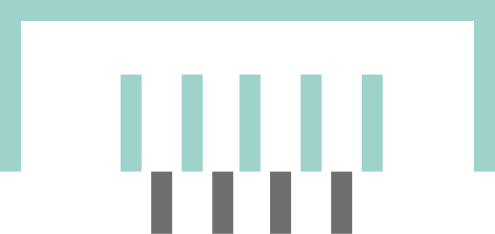Working Together and Learning Together: The Study of the Metallurgical Remains of San Tommaso, Pavia, Italy
DOI:
https://doi.org/10.46586/metalla.v24.2018.i1.39-47Keywords:
Multi-disciplinary classes, teaching multidisciplinarily, multi-disciplinarity in archaeometallurgyAbstract
The metallurgical remains of San Tommaso, Pavia were used as teaching collections for a multi-disciplinary archaeometallurgy class held by the first time in the academic year 2016/2017 at the University of Sassari. This paper, written by the lecturing academic, the academic advisor, and some of the students attending the course, wants to bring to the archaeometallurgical community some of the observations and reflexions on this teaching and learning experience. The varied metallurgical assemblage recovered from the excavation in 2013 of the Monastery of San Tommaso (Pavia) is a very useful teaching tool. In all, 23 samples were analysed and are presented in this paper from at least six different metallurgical processes: cupellation, silver recovery, iron making (by the direct and indirect method), copper alloying and casting. This variety also poses more complex questions for the archaeological/historical re-contextualisation of the findings which require a strong interaction between archaeologists and scientists in order to ensure the “Pavia”most plausible reconstruction of events. In particular, we aim at introducing the importance of different perspectives in “questioning” the materials and in turn the scientific results.
While presenting the results of the archaeometric investigations the main aim of the paper is to introduce the idea of the importance of multi-disciplinary teaching in archaeometry, more specifically in archaeometallurgy, early on in the academic development (master or even undergraduate) instead of being the result of research at a later stage (PhD or even post-doc). The experience here presented, shows that differences in languages and perspectives and peer-to-peer teaching offers an enhanced learning tool.
Downloads
Published
Issue
Section
License
Copyright (c) 2018 Lorna Anguilano, Giovanni Piredda, Cinzia Saba, Danny Aryani, Laura Marras, Elisa Grassi

This work is licensed under a Creative Commons Attribution 4.0 International License.



